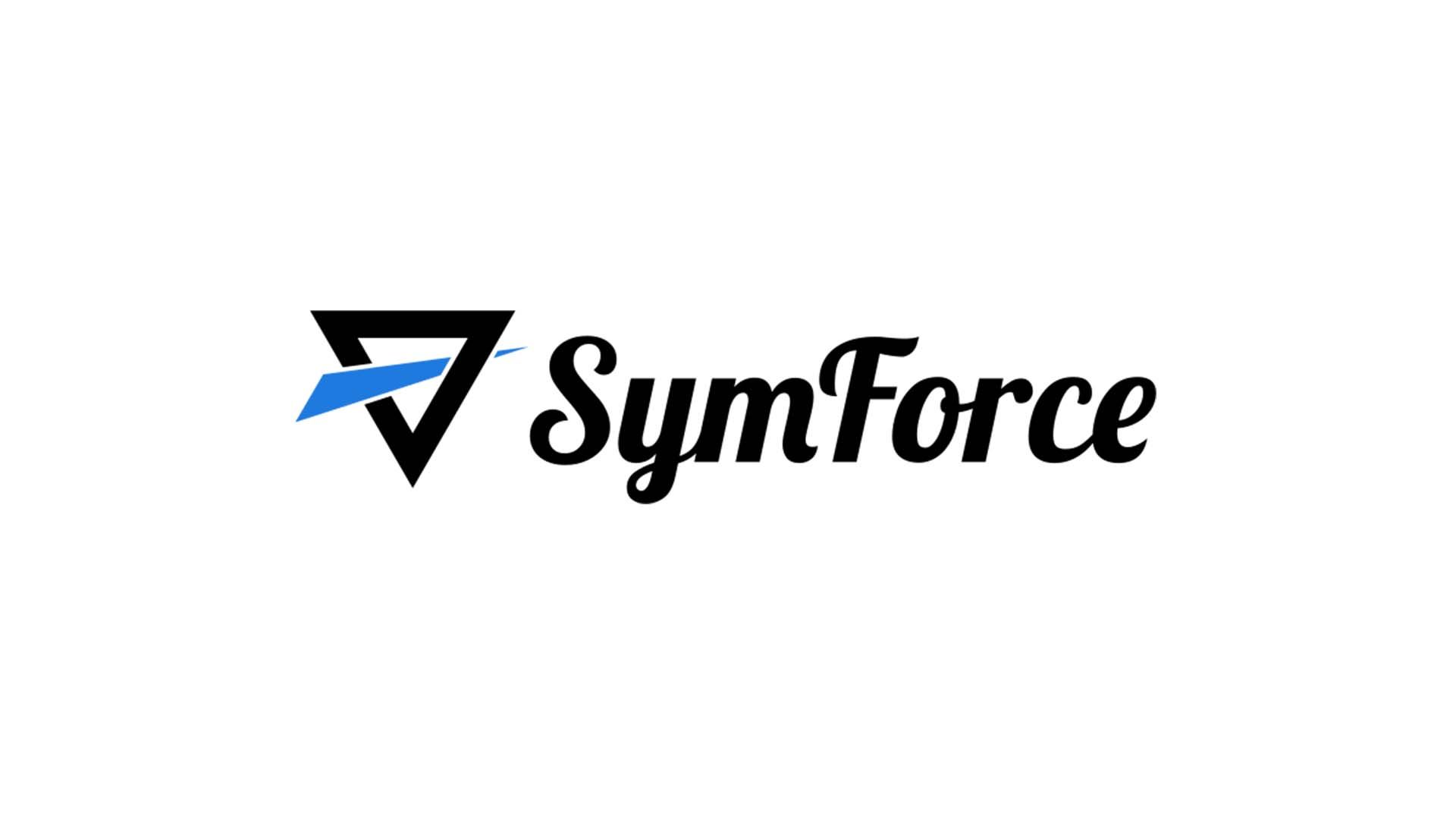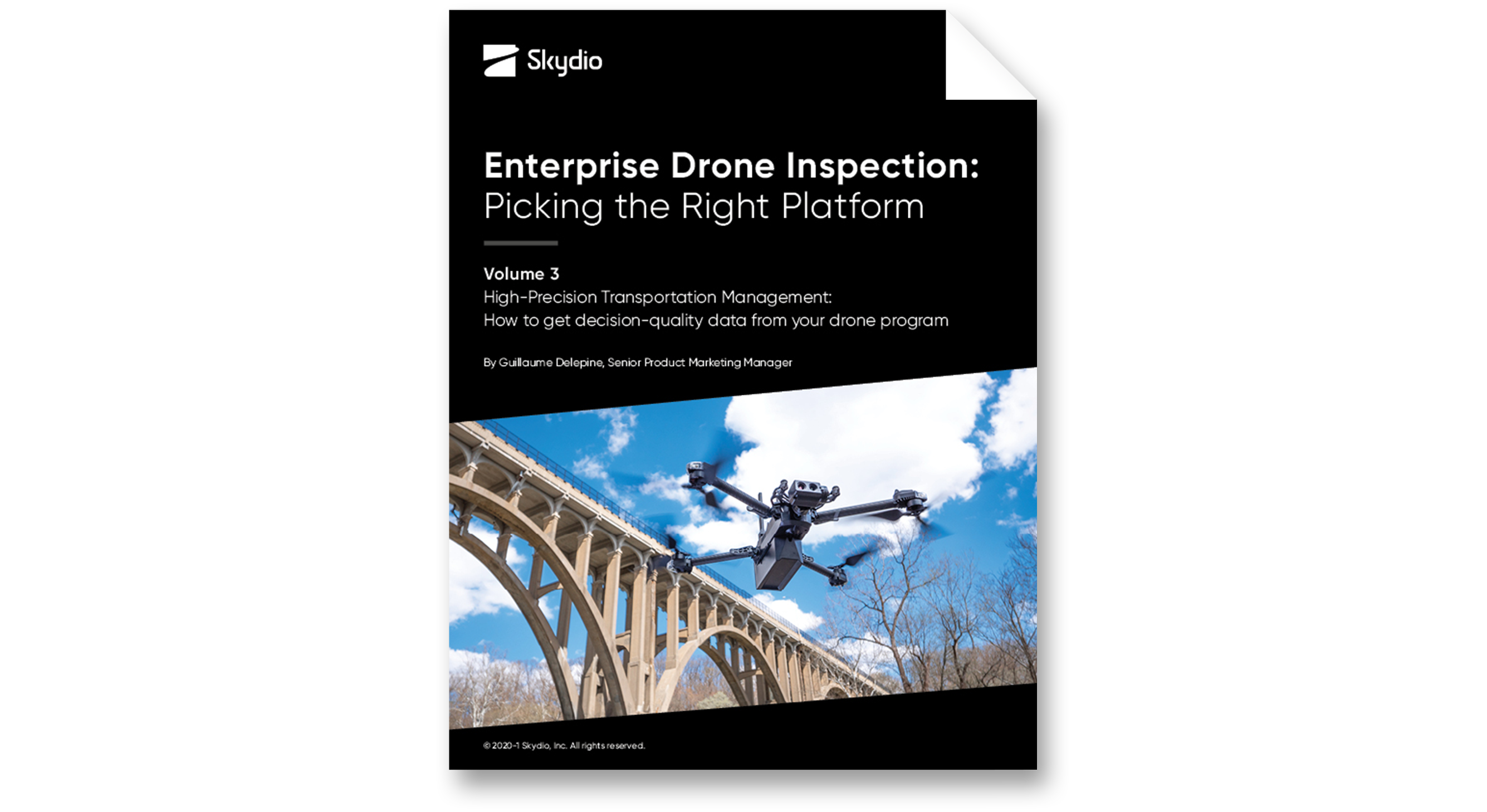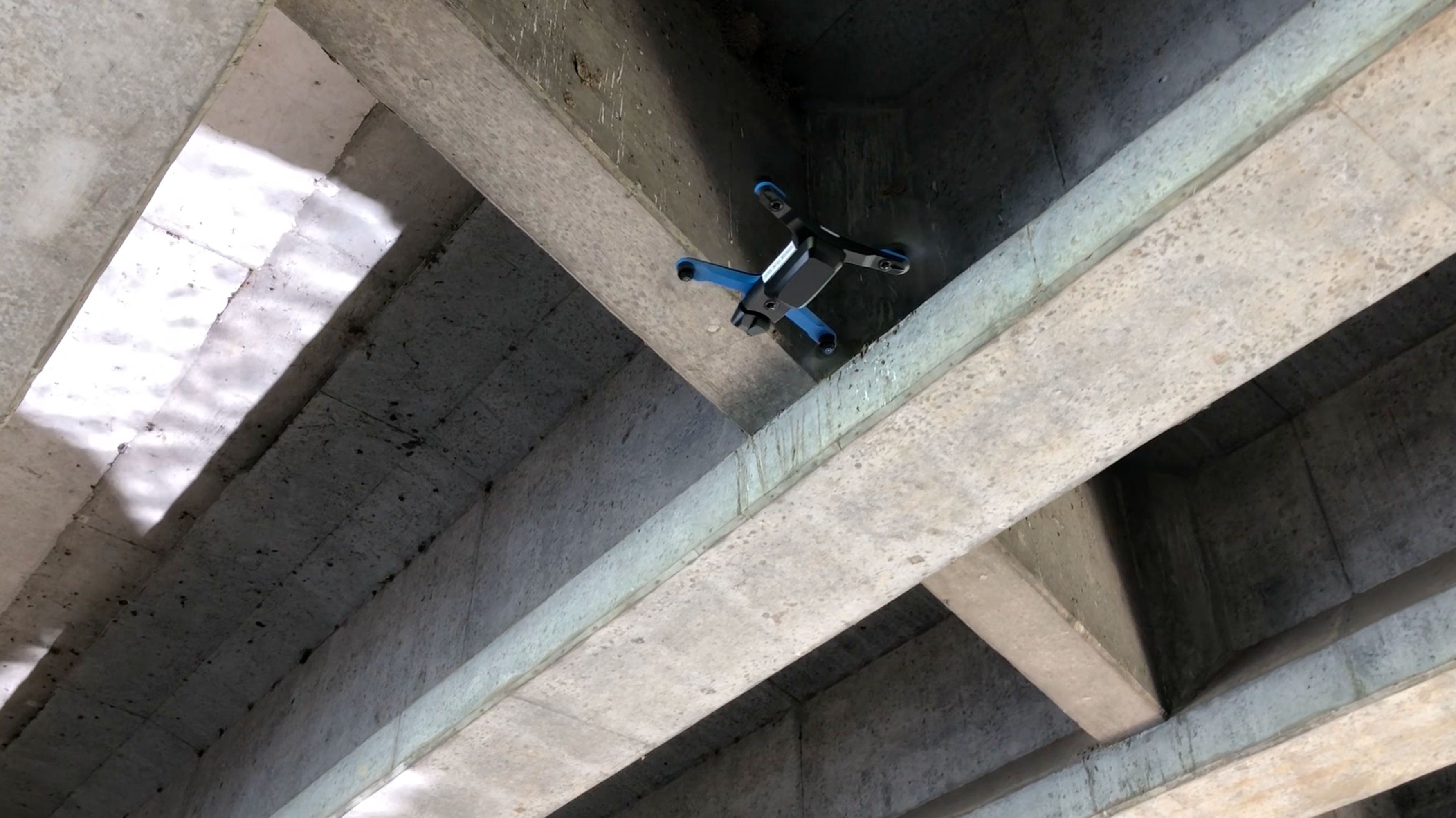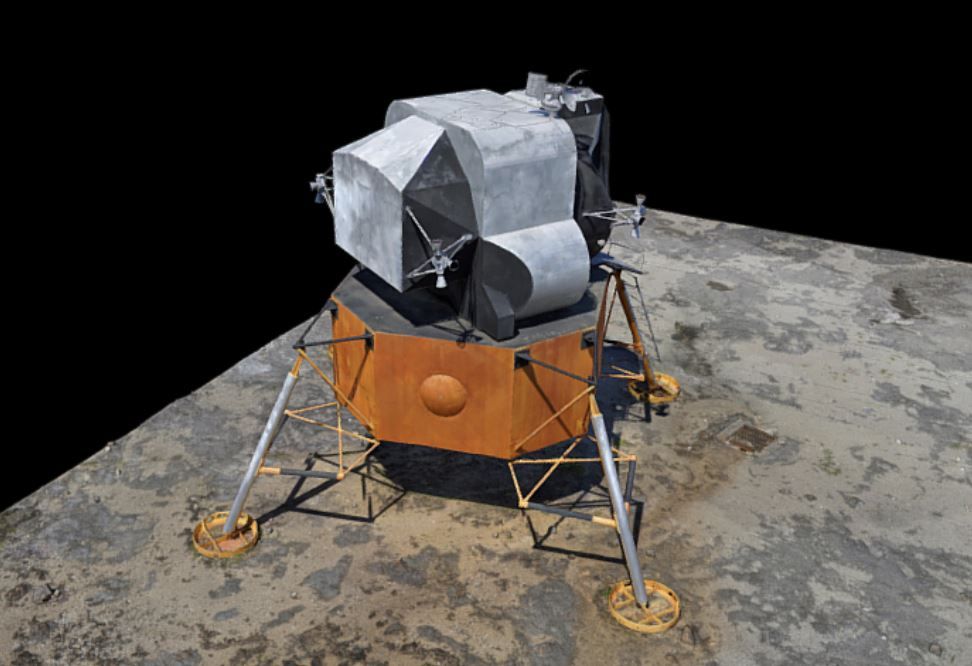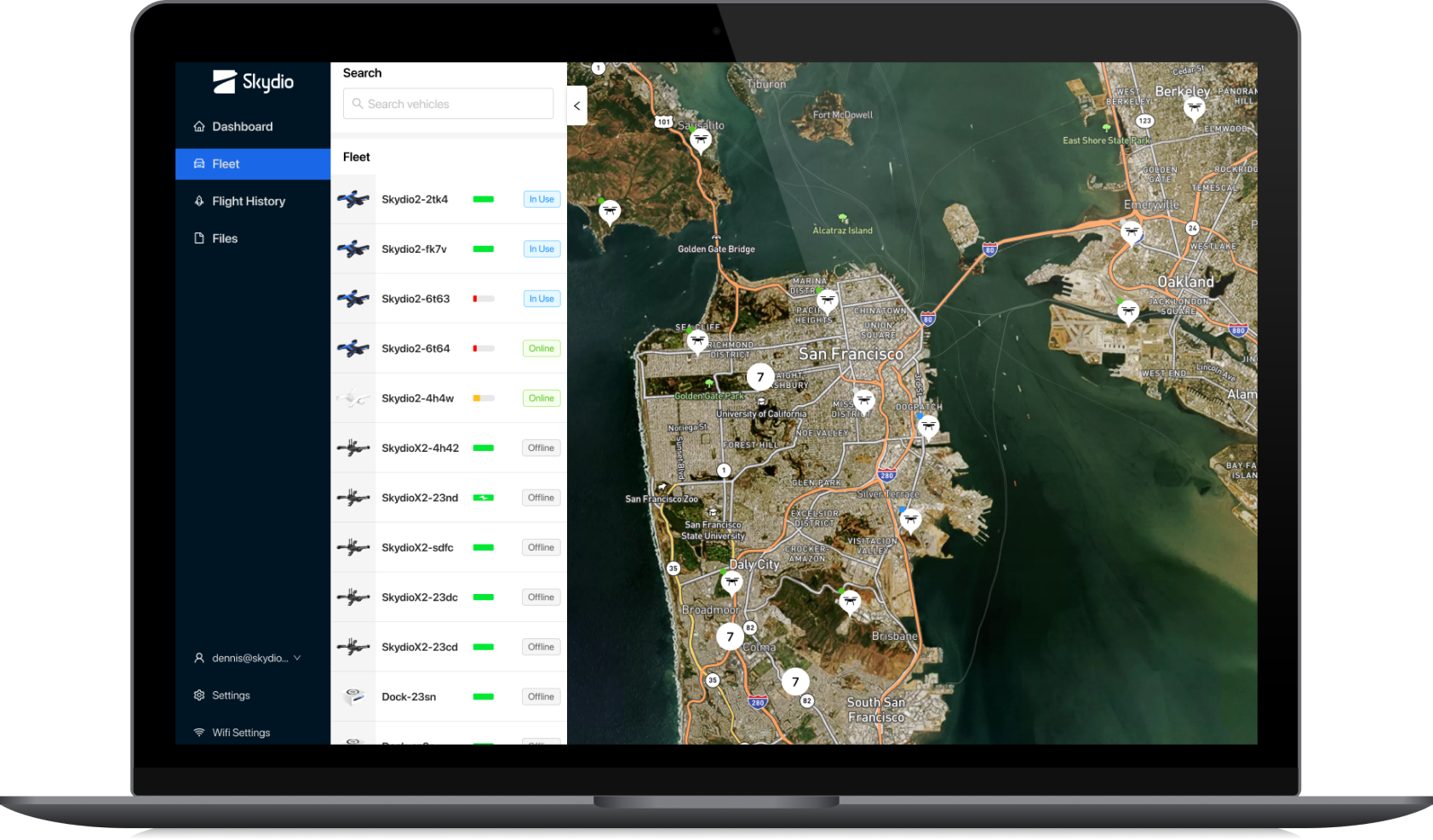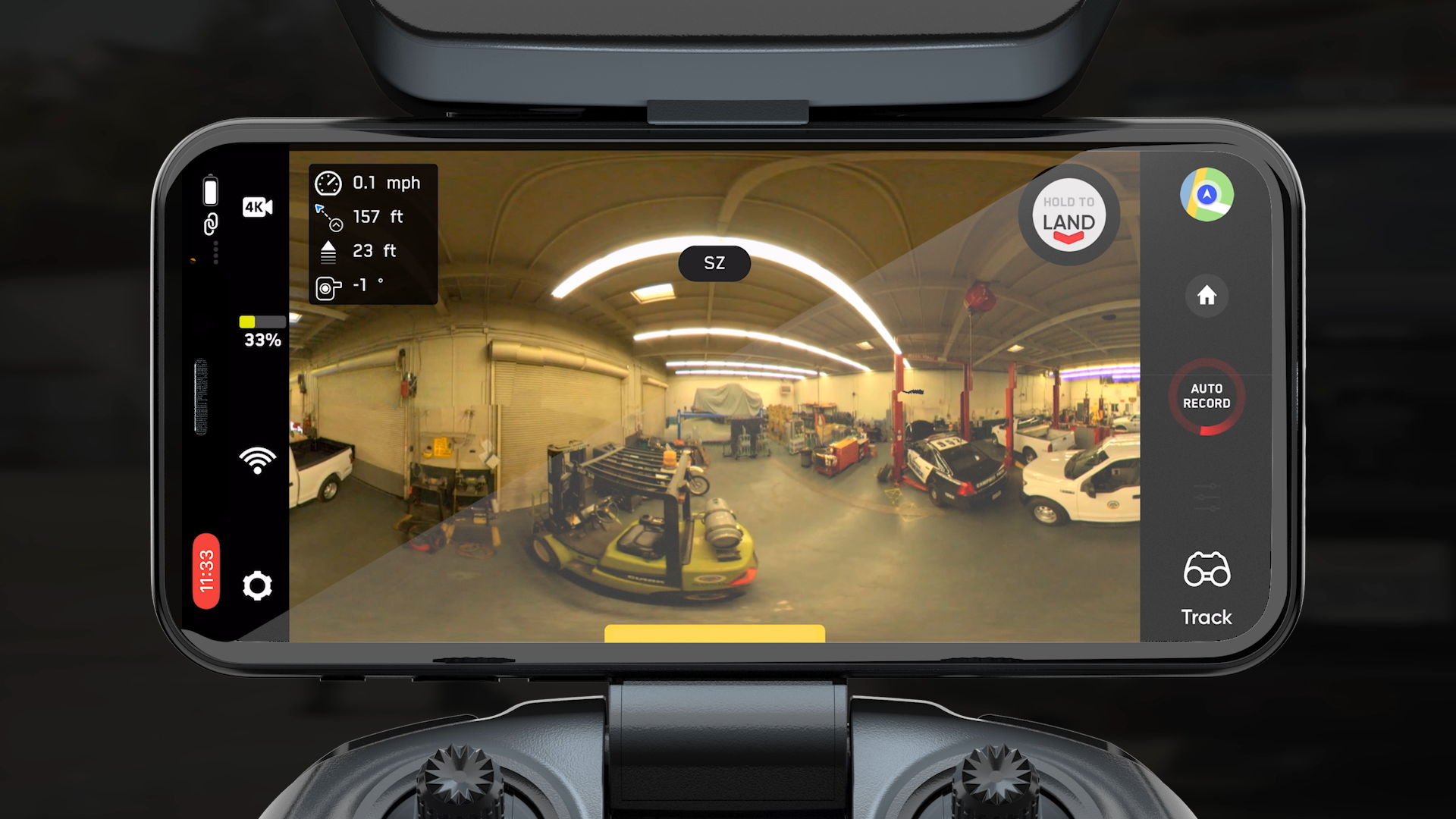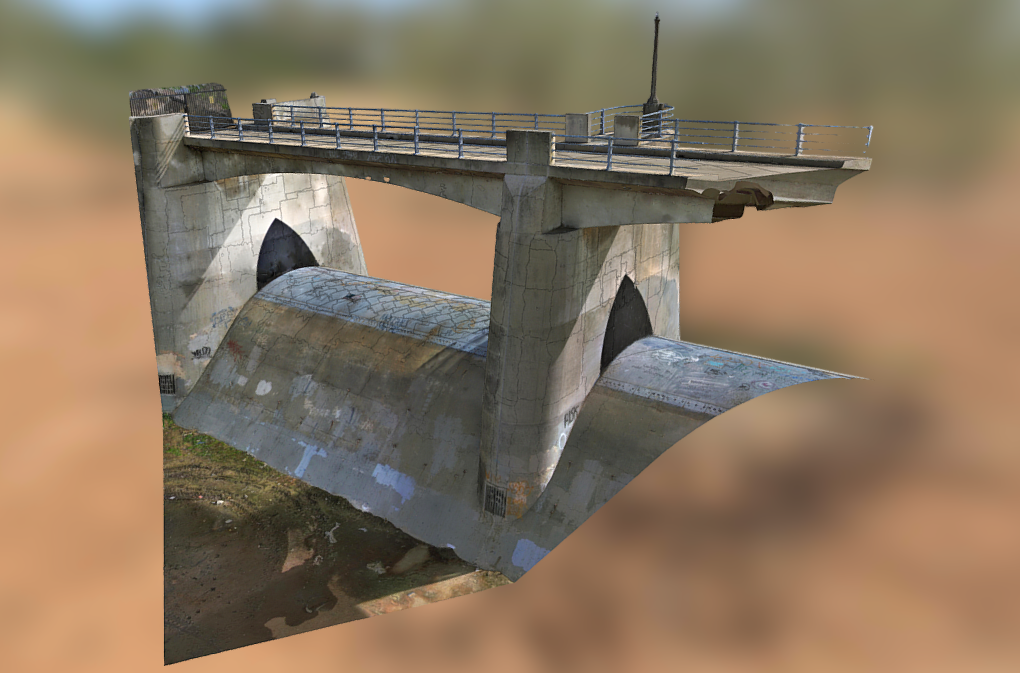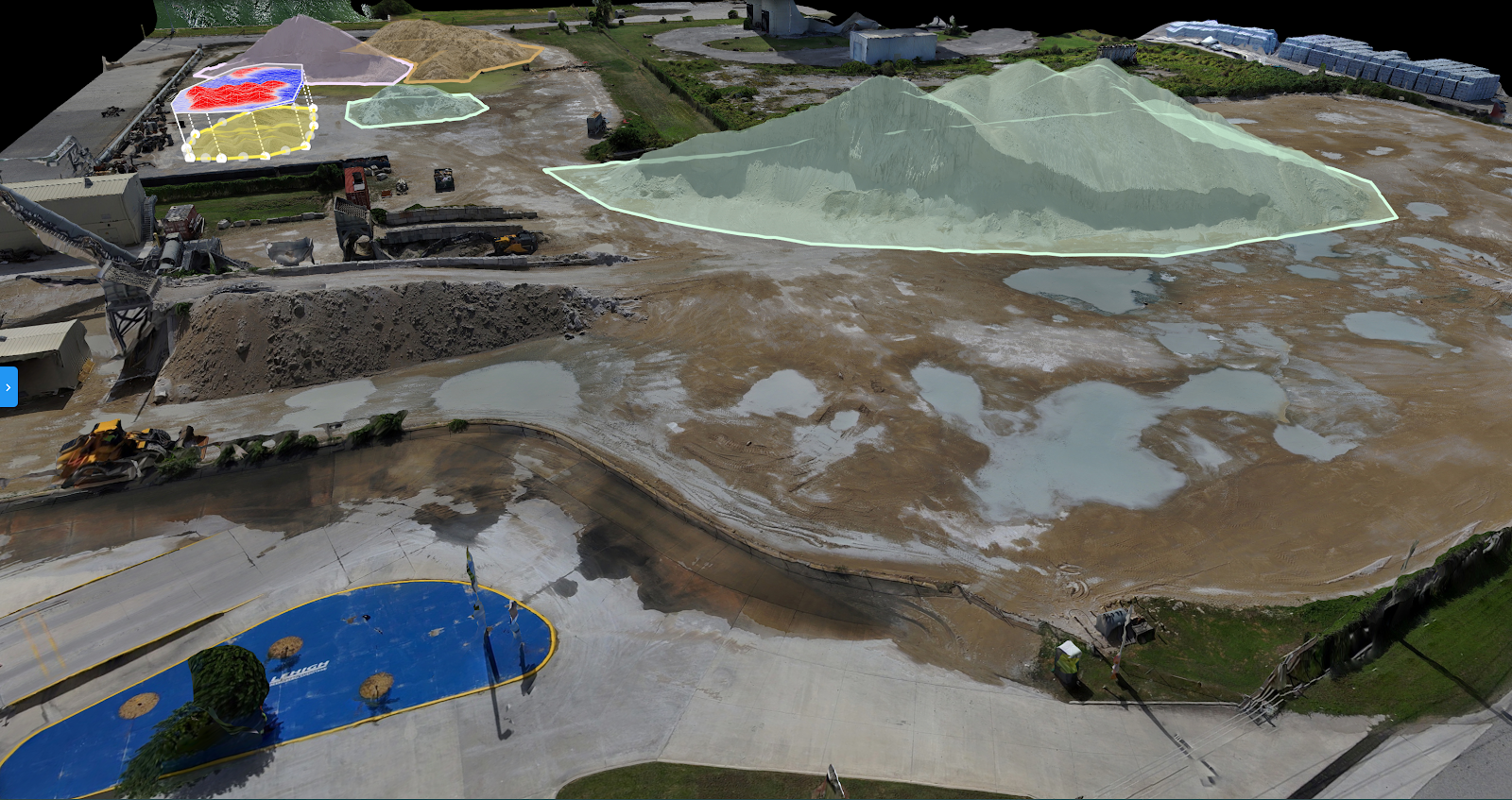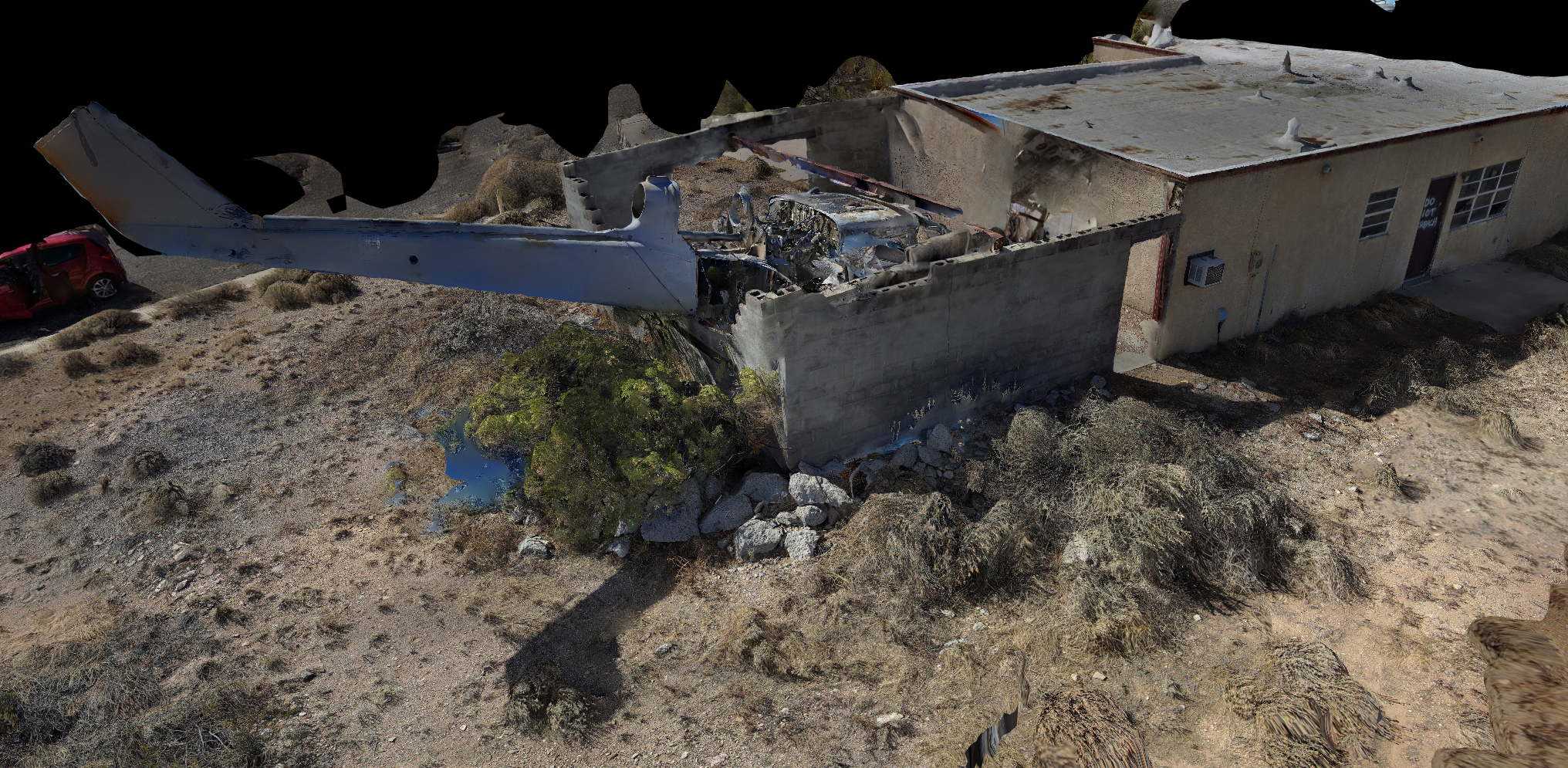August 31, 2022
Skydio, the Smarter Sidekick Gets SmarterWe are excited to share a series of updates in today’s 2022 Summer Software Release, which enhance existing pilots’ situational awareness missions in three key ways.
Featured post
August 31, 2022
Skydio, the Smarter Sidekick Gets SmarterWe are excited to share a series of updates in today’s 2022 Summer Software Release, which enhance existing pilots’ situational awareness missions in three key ways.
